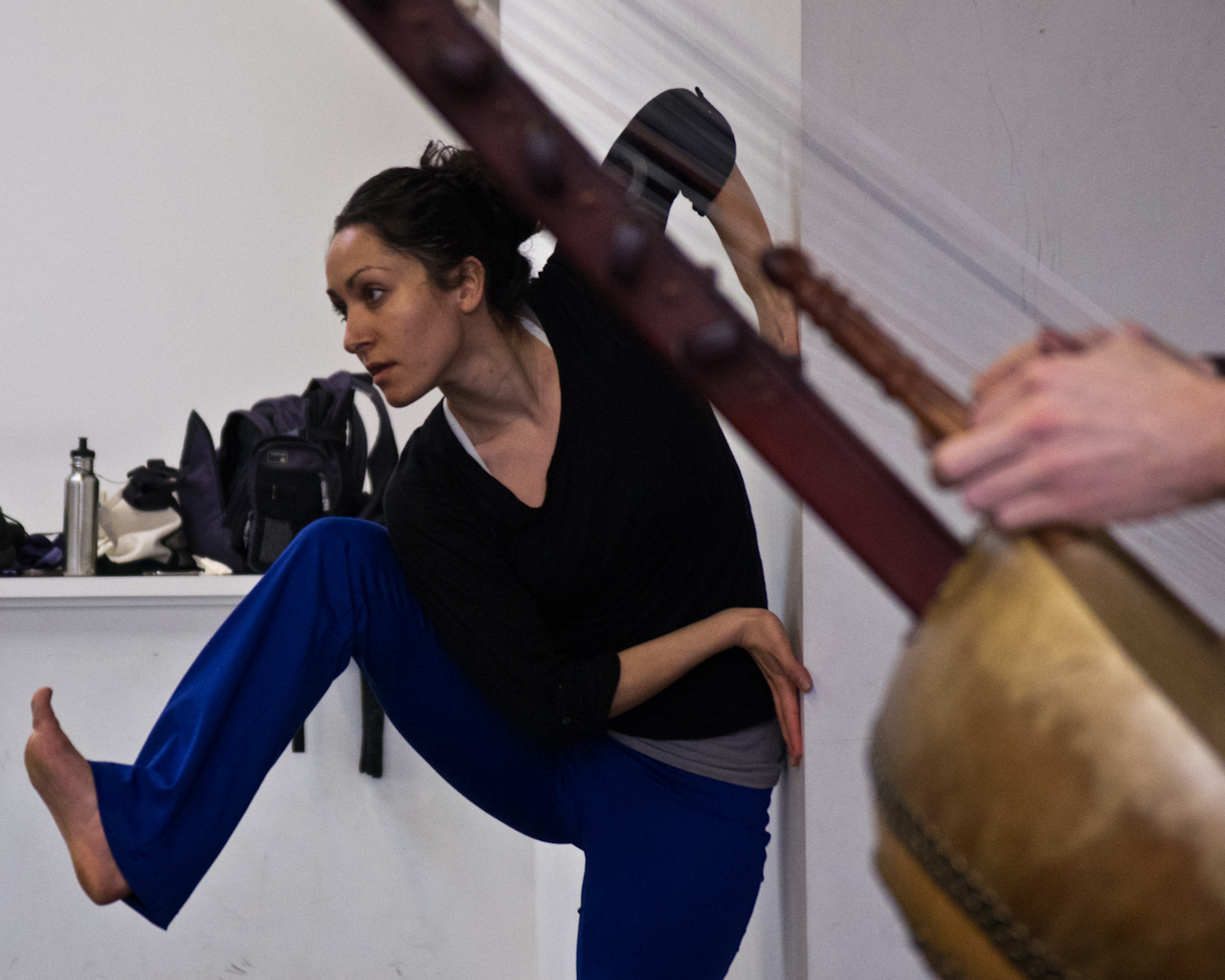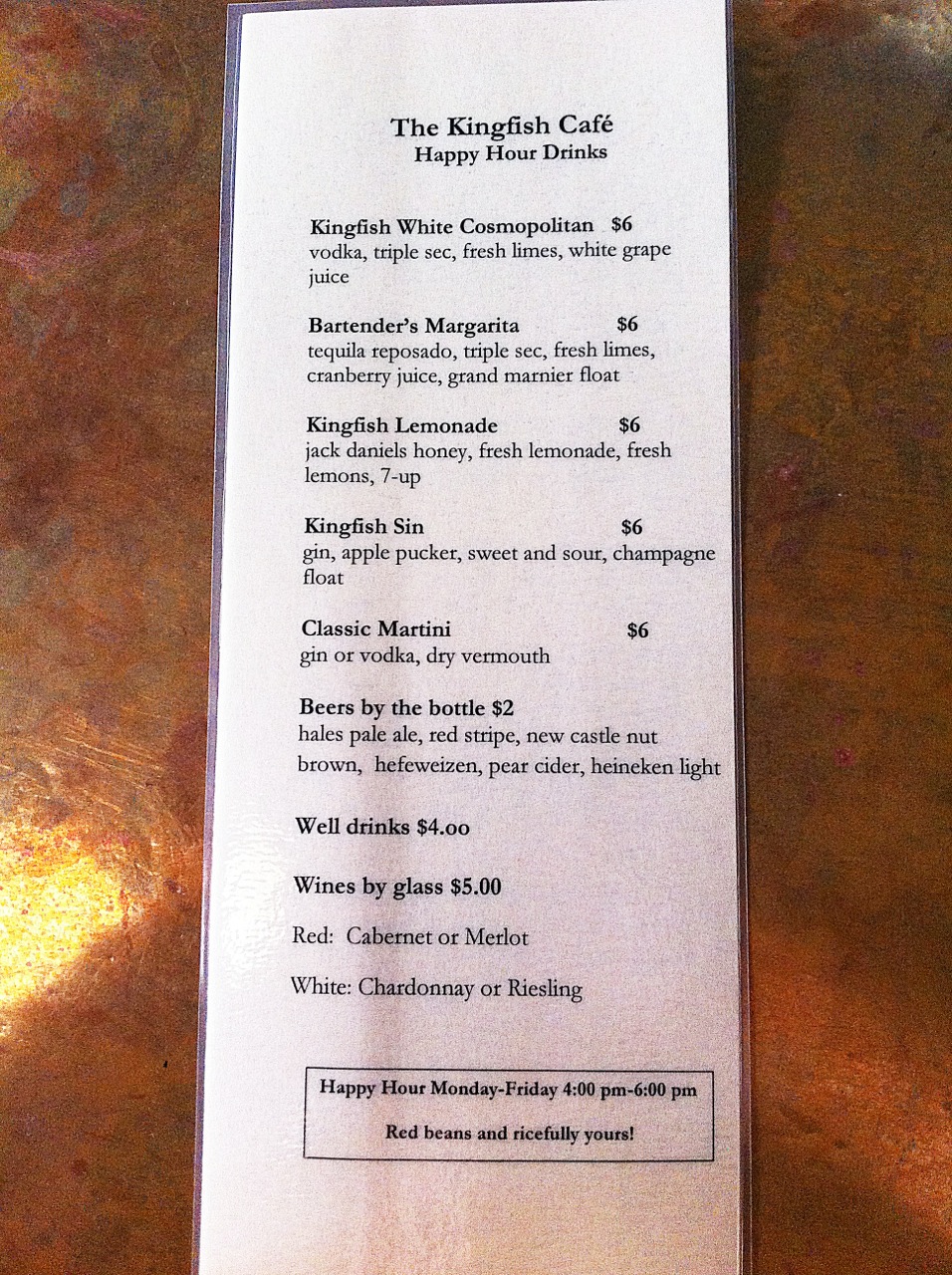Charter schools are a controversial topic — though, if history is a guide, less so in Washington State, where voters have turned them down three times: initiatives were rejected in 1995 and 2000, and a 2004 referendum canned a legislative attempt to allow charter schools in, 58% to 42%. In 2012, polls indicate the rejection might be coming to an end.
Initiative 1240 (pdf) would allow a limited number of charter schools in the state, 40 total over a five-year period, with more to come if performance is judged good enough. No more than eight charter schools can be established in any given year, though if less than eight open, the “unopened” schools can carry over to the next year’s allotment.
Because charter schools are considered public schools — they have to accept any student that applies, or if demand is too great, arrange a lottery, and charge no tuition — 1240 provides no separate funding for them. They would receive an allocation of state and federal education monies based on statewide spending per-pupil. However many students that enroll, that’s what the charter school receives. Here is where already underfunded public schools protest that the fiscal pie is not high enough to add forty more mouths. But there are other considerations.
For instance, Capitol Hill is mainly served by five public schools: Garfield HS, the “alternative” high school NOVA, Washington Middle School and the Stevens and Lowell elementary schools, all of which were rated an A- on performance back in 2010. (Were the Tom-Douglas-tested menus–lunch for $1.10 per student–a factor?) Seattle Public Schools has determined what the area could use most is a new middle school. SPS has recently proposed a $23-million makeover of the former Meany Middle School, to reopen for the 2017/18 school year. (Meany was closed at the end of 2008/09.). CHS posted details of the most recent Capitol Hill school report cards this morning.
If 1240 passes, Seattle Schools will face competition to put any of its unused space to work from any charter school that wanted to use the property:
A charter school has a right of first refusal to purchase or lease at or below fair market value a closed public school facility or property or unused portions of a public school facility or property located in a school district from which it draws its students if the school district decides to sell or lease the public school facility or property…
The charter school could be whatever it wants: elementary, middle, or high school. You can see how things could get tricky, sorting out competing interests, even though technically these are all considered public schools. The whole point of charter schools, after all, is their autonomy (aside from teacher certification and academic requirements) in a school district–which opens the door to conflicts with school district planning and strategies.
For the Yes on 1240 camp, charter schools aid overwhelmed public schools by focusing on underserved groups: “Our current public school system is working well for many students, but many others are struggling and at risk of dropping out.” The initiative specifically prioritizes charter schools that are designed to help poor or at-risk students, though of course it can’t promise anything, and it goes on to state that it certainly does not limit charter school applications to those designed for poor or at-risk students.
As it is an initiative, not everything about charter school operations can be spelled out. But 1240 is supposed to represent the best practices from the 41 states that allow them. It sets up a nine-member state charter school commission that is to act like a school district’s board of directors. Its members are appointed (not elected) by the Governor, Senate President, and Speaker of the House–each of whom get to pick three–to four-year terms. They are unpaid four-year terms.
The commission and local school boards are the only entities that can authorize the five-year charter contracts. The charter schools themselves must be run by a non-profit, though the non-profit need not be educationally focused. Nor need it actually “run” the charter school: It is allowed to hire out for educational services from public and private companies. If it outsources school management, it must be to another non-profit.
One of the eyebrow-raising complications is what’s known as a “conversion charter school.” Either a simple majority of teachers at an existing public school–or a simple majority of parents–can vote to make their school a charter school. This is potentially a minefield, since charter schools have substantial freedom to reinvent themselves. Though they are restricted, as public schools, from religious affiliation, they can sometimes push those boundaries: e.g., Shalom Academy Charter School, with its “academically rigorous Hebrew language immersion program.”
As public schools, charter schools are eligible for any levy monies that are raised after their authorization. Conversion charter schools are eligible for levy monies raised for the previous school. A conversion charter school pays for ordinary building maintenance; the school district is responsible for all major repairs needed.
Besides flexibility in curriculum choice and the hiring and firing of staff, charter schools are free of a number of apparently burdensome regulations. The No on 1240 campaign might argue that in some cases the regulations have simply been shifted to employees. For instance, the initiative requires that “bargaining units” (i.e., unions) must be staff only of that charter school, without links to other unions. Clearly, no single school’s union is going to wield the power of the WEA.
Both campaigns make reference to the recent Washington Supreme Court decision, in McLeary v.State, that Washington State has failed to adequately fund public schools. The Yes camp argues that charter schools will be less expensive and more efficient. The No camp argues that charter schools “will actually drain millions of dollars from existing public schools.” (The Progressive Voters Guide throws up its hands and gives you both options.)
Given that the initiative can’t address every facet of charter school operation, this presents the question of whether the public school devil you know is better than the charter school devil you don’t. However grudgingly, Washington public schools have been creating “innovation schools,” that act in ways like charter schools. There are now 22 of these schools, and Aviation HS is considered a stand-out.
The analytic voter may want to turn to a major study from Stanford University (pdf) of charter schools from 16 states. Though it has been widely quoted as showing 17% of charter schools outperform traditional public schools (TPS), the conclusion is sobering: “in the aggregate, charter students are not faring as well as their TPS counterparts.” 37% of charter schools do “significantly” worse than traditional schools, and 46% performed about the same.
Stanford’s methodology, to make sure it was comparing real-world apples to real-world apples, was to find “virtual twins” in charter schools and traditional schools, so that they could see, over time, how any given charter school student’s progress compared to someone very similar at a nearby school. There are other ways to compare charter schools and TPS, but this matches up with how most parents might make a choice, rather than with some notional statewide test average.
We identify all the TPS that have students who transfer to a given charter school; we call each of these schools “feeder schools.” Once a school qualifies as a feeder school, all the students in the school become potential matches for a student in a particular charter school. All the student records from all the feeder schools are pooled – this becomes the source of records for creating the virtual match. Using the records of the students in those schools in the year prior to the test year of interest, CREDO selects all of the available records that match each charter school student.
As it stands, in aggregate, traditional public schools perform far better than charter schools.
It is strange to read, with this in mind, this boosterish copy from the Partnership for Learning: “When public charter school policies are crafted carefully and systems are designed to support the new schools, public charter schools are capable of outperforming traditional public schools in meeting the needs of struggling students.”
Because of course, per Stanford, the converse is more likely to be true, and by a wide margin: “When traditional public school policies are crafted carefully and systems are designed to support them, traditional public schools are capable of outperforming charter schools in meeting the needs of struggling students.” (A recent Washington State performance audit of public schools found they could be directing more money to classroom instruction than they do.)
Charter schools in particular did not do well with minority students or high-school age students. Where they showed an advantage was with students in poverty, and with elementary and middle-school students. It is also true that the Stanford study authors argue that these best-performing charters were in states that had no caps on charter schools, where 1240 does cap schools at 40 before they are evaluated.
You might still think charter schools effective for other reasons — notably, that they have already prompted the birth of 22 innovation schools. Even the threat of competition seems to work. On their own merits, the picture is cloudier.






















